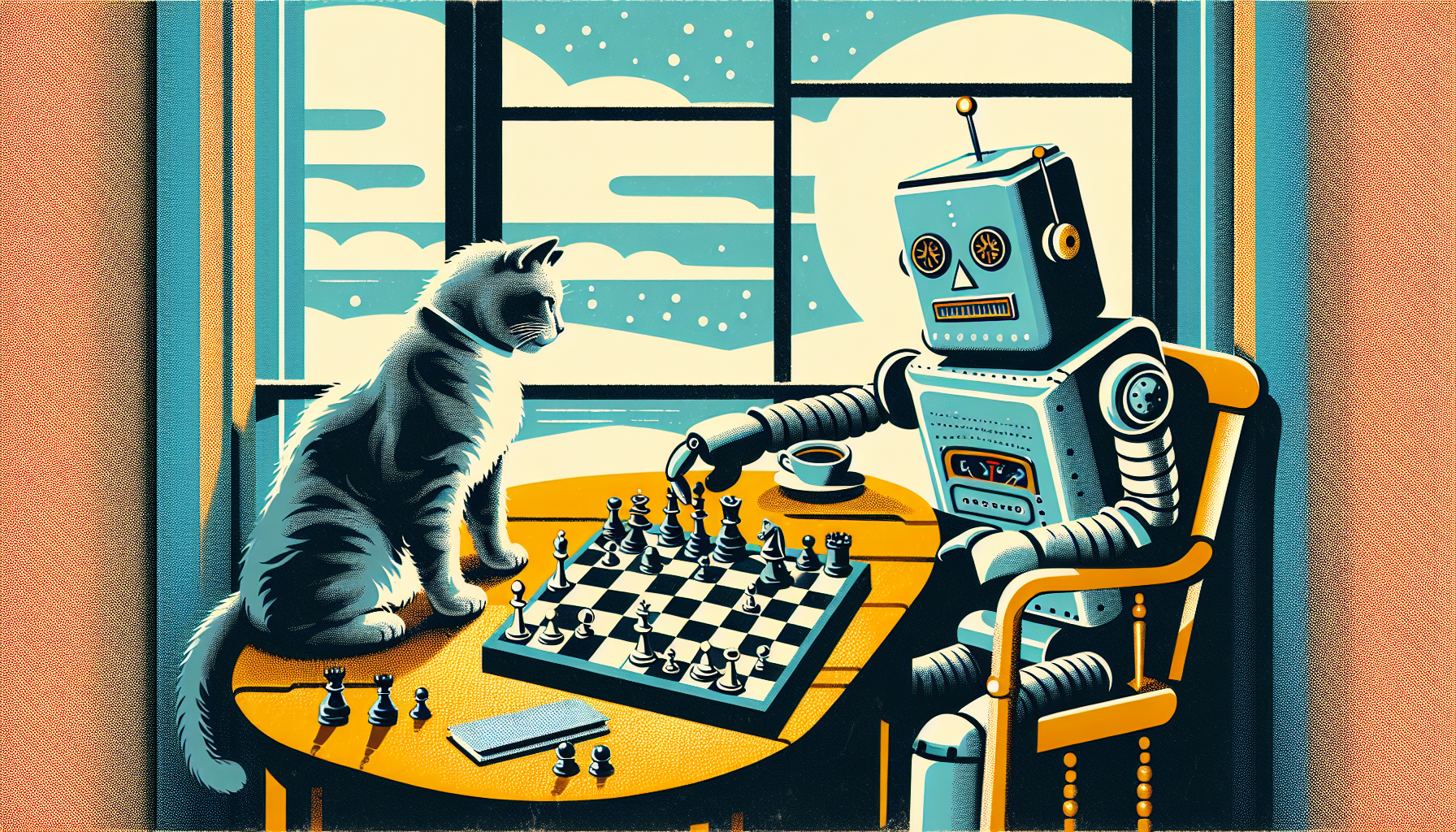On a chilly morning not long ago, I watched an AI paint a cat playing chess with a robot. The artwork was whimsical, clever, and—dare I say—unexpectedly delightful. As I admired the result, a curious thought surfaced: who actually “owns” this creative labor? The programmers? The person who typed “paint me a cat playing chess” into the prompt bar? The AI itself? Or is creative ownership simply another cat’s game—one too slippery to ever really win?
What Is Creative Ownership, Anyway?
Before untangling AI’s role, let’s pin down what we mean by creative ownership. For humans, it’s not just about putting pen to paper. It involves intention, effort, and often a truckload of coffee. Creative ownership is the right to take credit and possibly profit from a work—like a painting, poem, or, these days, a digital image born from the silicon mind of a neural network.
Classic copyright law leans heavily on the notion of authorship tied to human creators. You need a person to hold the pen or, at the very least, to press the button with genuine intent. The law politely declines to give copyright to cats, elephants with paintbrushes, or particularly creative toddlers (legally, their guardians hold the rights).
AI: Artist, Tool, or Something Else?
This brings us to the befuddling case of artificial intelligence. When AI generates art, is it acting like a paintbrush, an art student, or a self-directed artist? If it’s merely a tool, the human at the controls owns the product—just as they do with Photoshop or a camera. But what if the AI “dreams up” something wholly novel, unpredictable even to its programmers?
Modern AI art generators combine mammoth datasets, algorithmic trickery, and a pinch of user input to produce new works. But it’s not the AI sitting up at night, pondering the mysteries of chess-playing cats. The creativity emerges from patterns in data, processed at formidable speeds but lacking in self-reflection or existential dread (AI’s greatest shortcoming, some say).
So, we’re left in a murky middle: AI is more than a brush, less than an independent artist. It’s an odd sort of collaborator—one that never asks for coffee breaks.
The Puzzle of AI Authorship
Let’s look at who could plausibly lay claim to AI-generated art:
- The User: They came up with the initial idea, chose the style, refined the prompt. They may see themselves in the artwork. But their involvement is limited to steering the process, not crafting the pixels by hand.
- The Developers: Without their technical skill, the AI wouldn’t exist. But does building a tool entitle you to every creation that results? Few argue that hammer manufacturers should own all wooden sculptures.
- The Dataset Providers: The AI learns by chewing through piles of existing images, many created by humans. Their artistic DNA weaves itself into the new work, consciously or not. But do we reward every chef whose recipes are ever referenced by a new dish?
- The AI: Could we give ownership to the machine itself? At present, AIs lack consciousness, desires, and the legal status of a person. For now, at least, they’re not queueing up at the copyright office.
Most legal frameworks today say no to direct AI authorship. Courts, so far, have sided with a conservative view: only humans can be authors, owners, and copyright holders. An artwork made by AI without significant human involvement? Presently, it falls into the public domain, a no-man’s-land where anyone can copy or profit.
Is That Ethical… or Just Efficient?
Copyright law isn’t just about money. It’s about respecting creativity, rewarding effort, and—ideally—encouraging the messy, beautiful sprawl of human expression. There’s an unease when thinking about AI-generated art because so much creative value seems to appear from nowhere.
Is it fair for someone to “own” what an algorithm conjured from millions of strangers’ artistic labor? On the other hand, if we treat all AI art as public domain, does that stifle investment and innovation? If no one can profit, will anyone bother to build better art-making machines? Quite a pickle.
The ethical challenge is to strike a balance: recognize the resources and creativity that go into AI tools, while protecting the rights and recognition of the human artists whose work was consumed along the way. This could mean new licensing schemes, clearer attribution, or even shared royalties—ideas that might sound radical, but weren’t so different from the creative shakeups of the printing press or photography.
Humans, Creativity, and the Machine Muse
Lurking in the background is a bigger question: what happens to our sense of art when the means of creation are handed over to machines? Will we value human “imperfection” more, or will AI’s glut of polished images cheapen creativity itself? Will history’s future great works include some made in code—and if so, who will sign the bottom corner?
If a robot scribbles a joke, does anyone laugh? If an AI paints a thousand cats, do any of them feel loved?
So far, artificial intelligence shows no signs of longing for artistic glory—or for anything at all. It reflects our wishes, learns from our creations, and sometimes astonishes us with results. But the human condition—the wellspring of true creativity—remains safely ours, for now.
A Closing Brushstroke
The ethics of AI-generated art force us to rethink what it means to create, own, and share in a world where machines can mimic (and sometimes surpass) the skills we cherished as uniquely human. Machines may hold the brush, but for now, it’s we who hold the mirror—to ourselves, and to the technologies we unleash.
One thing is certain: as long as there’s mystery, uncertainty, and a little humor in the process, art—in every form—will remain an adventure worth having. Even if the cat always wins at chess.

Leave a Reply